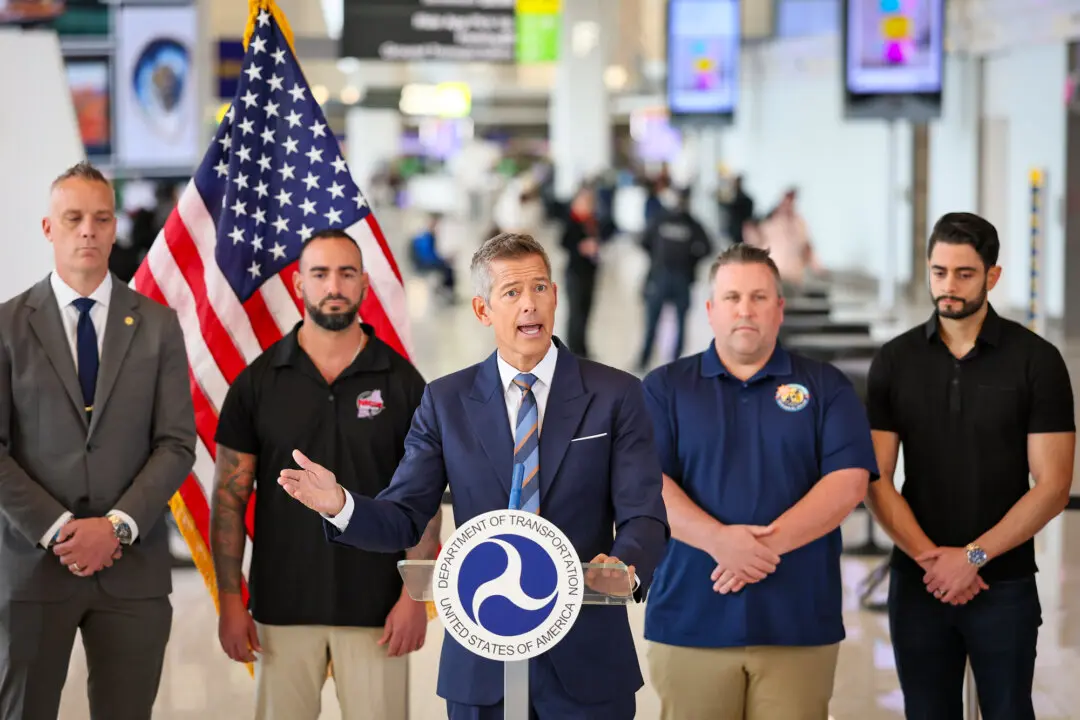As vehicle prices rise amid inflationary pressure, Americans buying new cars are taking on higher loans and pushing themselves deeper into debt, according to credit-monitoring company Experian.
Both the average loan amount and monthly payments for new and used cars have risen over the recent quarters, the firm said in an Aug. 25 news release. In second quarter 2022, the average loan amount for a new vehicle rose 13.21 percent year over year, to $40,290. During this period, monthly payments rose from $582 to $667, an increase of 14.6 percent.





